A World for Reactive Phenotypes
Résumé
Humans currently occupy all continents and by doing so, modify the environment and create novel threats to many species; a phenomenon known as human-induced rapid environmental changes (HIREC). These growing anthropogenic disturbances represent major and relatively new environmental challenges for many animals, and invariably alter selection on traits adapted to previous environments. Those species that survive often have moved from their original habitat or modified their phenotype through plasticity or genetic evolution. Based on the most recent advances in this research area, we predict that wild individuals with highly plastic capacities, relatively high basal stress level, and that are generally shy-in other words, individuals displaying a reactive phenotype-should better cope with sudden and widespread HIREC than their counterparts' proactive phenotypes. If true, this selective response would have profound ecological and evolutionary consequences and can therefore impact conservation strategies, specifically with respect to managing the distribution and abundance of individuals and maintaining evolutionary potential. These insights may help design adaptive management strategies to maintain genetic variation in the context of HIREC.
